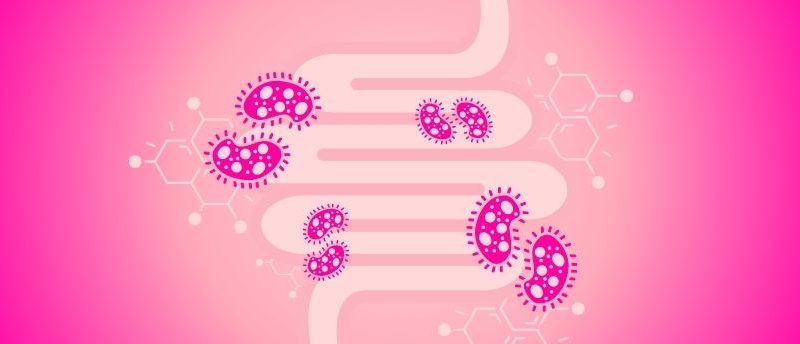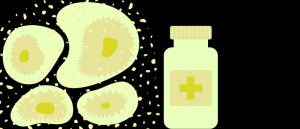PFAS versus the gut microbiome

Certain human gut microbes can absorb PFAS, offering potential protection against the harmful ‘forever chemicals’.
Researchers at the University of Cambridge (UK) have used advanced proteomic and metabolomic techniques alongside animal models to identify a family of microbial species in the human gut that can absorb ‘forever chemicals’ called perfluoroalkyl and polyfluoroalkyl substances (PFAS). Their findings, published in a recent paper, indicate that boosting these protective microbial species in our gut microbiome could mitigate the harmful impact of PFAS on our health.
PFAS are synthetic chemicals that are ubiquitous in our lives; there are over 4700 PFAS chemicals in widespread use, and they can be found in waterproof clothing, non-stick pans, food packaging and cosmetics. Their commercial popularity is due to their resistance to oil, water and heat. However, their extreme resistance to the elements means that they take thousands of years to break down, leaving them to accumulate in the environment and our bodies. First author Anna Lindell commented, “PFAS were once considered safe, but it’s now clear that they’re not. It’s taken a long time for PFAS to become noticed because at low levels they’re not acutely toxic. But they’re like a slow poison.”
These ‘forever chemicals’ are a growing health concern, previously being linked to a range of issues including decreased fertility, developmental delays in children and a higher risk of developing certain cancers and cardiovascular diseases. “Given the scale of the problem of PFAS, particularly their effects on human health, it’s concerning that so little is being done about removing these from our bodies,” remarked senior author Kiran Patil.
 Harnessing a toxic fungus for good
Harnessing a toxic fungus for good
A toxic fungus has been transformed into a potent cancer-fighting compound.
The research team first examined how PFAS were bioaccumulated using Escherichia coli (E. coli) cells manipulated to remove their TolC efflux pump, which is involved in transport of proteins out of the cell. Cryogenic-focused ion beam secondary-ion mass spectrometry was then used to examine the localization of the PFAS perfluorononanoic acid (PFNA) within E. coli cells. These experiments revealed that PFAS bioaccumulation increased after the removal of TolC and that perfluorononanoic acid was indeed intracellularly localized in E. coli, indicating that active transmembrane transport was involved in the regulation of PFAS bioaccumulation.
They then conducted proteomic and metabolomic analyses of PFAS-treated cells to investigate the ability of 89 human gut bacterial strains to absorb PFNA molecules. From these strains, 51 low-accumulating (predominantly Gram positive) strains and 38 high-accumulating (predominantly Gram negative) strains were identified. Nine of these high-accumulating strains were then introduced into mice to assess the bacteria’s PFAS bioaccumulation abilities in a living model, measured by the PFAS levels in the mice feces. They found that the bacteria rapidly absorbed PFAS eaten by the mice before being excreted in their feces. As the mice were exposed to increasing PFAS levels, the bacteria were able to keep up, consistently removing the same percentage – which ranged from 25–74% – of the forever chemicals from the body.
“The reality is that PFAS are already in the environment and in our bodies, and we need to try and mitigate their impact on our health now. We haven’t found a way to destroy PFAS, but our findings open the possibility of developing ways to get them out of our bodies where they do the most harm,” concluded Indra Roux, co-author of the study.
Looking ahead, the research team plans to use their discovery to create probiotic supplements that boost the levels of these protective microbes, turbocharging them to become increasingly effective at removing PFAS from the body. Lindell and Patil have co-founded a startup, Cambiotics, to develop these probiotics, but until then, they recommend avoiding PFAS-coated cooking pans and getting a good water filter.